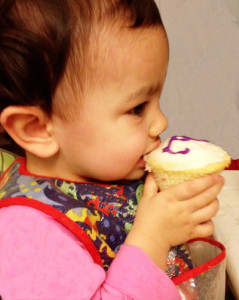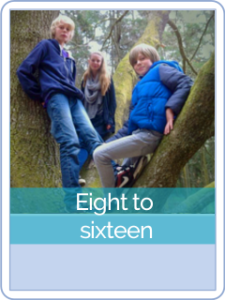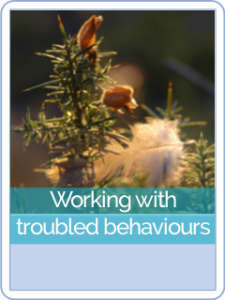 There are three main factors which drive children’s behaviour –the individual nature or temperament of each child, the development of children at their particular ages, and the environmental influences, which may or may not be within our control, but which impact on children. All of these factors need our understanding but also our wonder. We often wonder at the strong individuality of our children. We should also be amazed at the wisdom which manifests in development.
There are three main factors which drive children’s behaviour –the individual nature or temperament of each child, the development of children at their particular ages, and the environmental influences, which may or may not be within our control, but which impact on children. All of these factors need our understanding but also our wonder. We often wonder at the strong individuality of our children. We should also be amazed at the wisdom which manifests in development.
Development provides a myriad of opportunities for children to try out what it means to be truly human, in all its wonderful different aspects..
The wonder of children’s developmental ‘moods’
Development through childhood is amazingly complex. Growth is not simply incremental and linear, nor is the child a smaller version of the adult. Developmental patterns weave in and out through childhood, revealing abilities which metamorphose into other abilities, brains which grow and then prune themselves back.
In addition, and less well recognized today, there are characteristic behaviours and ‘temperament tendencies’ or ‘moods’ which belong to each age and stage. Such a ‘tendency’ in the children at one stage can be noticeably very different from the tendency they show in another stage. Behaviour which is more amenable in one stage can be quite challenging in the next, or more sensitive then more hardy, or more adventurous and then more cautious, or more dependent then more independent, or more social then more individualistic, or more interested in depth and details then more interest in the big picture. We see in the pattern of these stages different sorts of approaches to thinking, feeling, relationships, will and action. We see different motivations for behaviour–an emphasis on the need for love, or power or freedom. The Gesell Institute for Child Development, who first identified these stages, observed that there were in fact six stages in a cycle, and the cycles repeated themselves through childhood, from birth to at least sixteen years.
These changing developmental tendencies offer children truly wonderful opportunities to practice the many broad ways of being human, regardless of their own temperament, although they will of course use these opportunities in their own individual ways. We need to be awake to the gifts of these changing tendencies rather than concentrate on the difficulties that arise when the children appear to become a little too one sided, in the brashness, the shyness, the defiant independence, and so on. We need to welcome the positive opportunities the child is being offered at each stage and support them by optimizing the learning from these.
The length of these stages is quite short in infancy, increasing from one, to two to three months, then six months, and finally from Seven onward, becoming twelve months long. Because these developmental ‘temperament tendencies’ can change quickly from stage to stage in the early years, parents and care givers, who are trying to keep up with the development in their children, can be confused by the behaviours they may observe. These can also be confused by a children’s individual temperament and the effect of environmental factors, like stress, which can bring out the worst in children’s behaviour. Yet understanding the nature of each stage helps us to meet children with more compassion, less frustration and more insight for finding strategies which can support their growth, while also keeping our adult sanity.
Knowing both the individual nature of the child, as well as the developmental tendencies, can also help to identify when environmental factors are having a negative effect on children’s well being and behaviour and need to be urgently attended to. For example, when a child, whose temperament normally makes them easy going, is also in a stage of equilibrium and cooperation developmentally, yet is consistently grumpy or irritable, it may be a sign that something else is wrong, perhaps in health, perhaps in the environment. Help for working with factors which are environmental is provided in the Working with troubled behaviours articles. More on individual temperament will have to wait until another time.
For a better understanding of these developmental tendencies and moods in your own children check out wonderful descriptions of behaviour in the original research on these by the Gesell Institute of Child Development in their series on development books, or in the development profiles on my website, which integrate the Gesell descriptions into my own research. Perhaps then you too will wonder at the Eighteen-month-old’s wriggling escapes from your arms after the affectionate cuddles which came at Twelve Months, Younger Four’s noisy boasting, Seven’s sensitive complainingness, or Thirteen’s solemn withdrawal from the family’s company. Is there something wrong with my child? Maybe not. It may be just natural healthy development.
See the links below:


